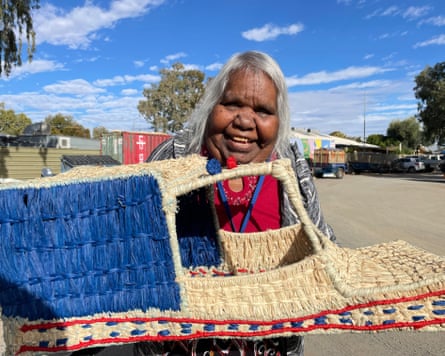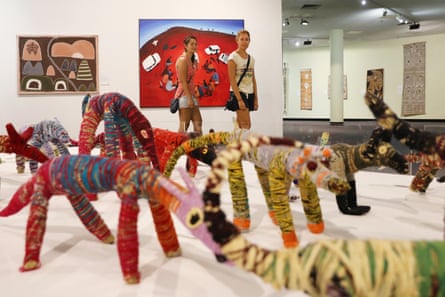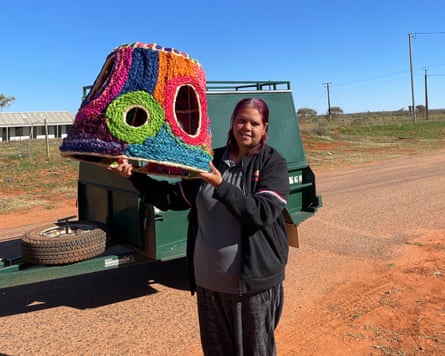The Tjanpi Desert Weavers, an Indigenous-run social enterprise, has transformed the lives of over 400 women across central Australia by turning traditional grass weaving into a global art phenomenon. Starting in 1995 with simple basket-making, the collective has expanded to 26 remote communities, creating contemporary and sculptural works that tell stories of country, culture, and daily life.
Julie Anderson, a Pitjantjatjara artist, discovered her passion for weaving in her 60s, thanks to her aunt's encouragement. Now, she finds joy and pride in creating vibrant baskets, a sentiment echoed by many in the group. The enterprise not only provides a source of income for essential needs but also serves as a means to pass down cultural knowledge and strengthen community bonds.

The women use materials like raffia, emu feathers, and seeds to craft their pieces, which have been exhibited worldwide, including at the Venice Biennale and the National Museum of Australia. Their work, such as the Kungkarangkalpa (Seven sisters) installation, has been celebrated for its cultural significance and artistic innovation.

For many weavers, like Justine Anderson, the art form is a way to support their families and keep traditions alive. Her sculptures, often featuring local animals with imaginative details, are a testament to the creativity and skill within the Tjanpi community.

The Tjanpi Desert Weavers' journey from remote Australia to international acclaim highlights the power of art to connect, heal, and empower.




Comments
Join Our Community
Sign up to share your thoughts, engage with others, and become part of our growing community.
No comments yet
Be the first to share your thoughts and start the conversation!